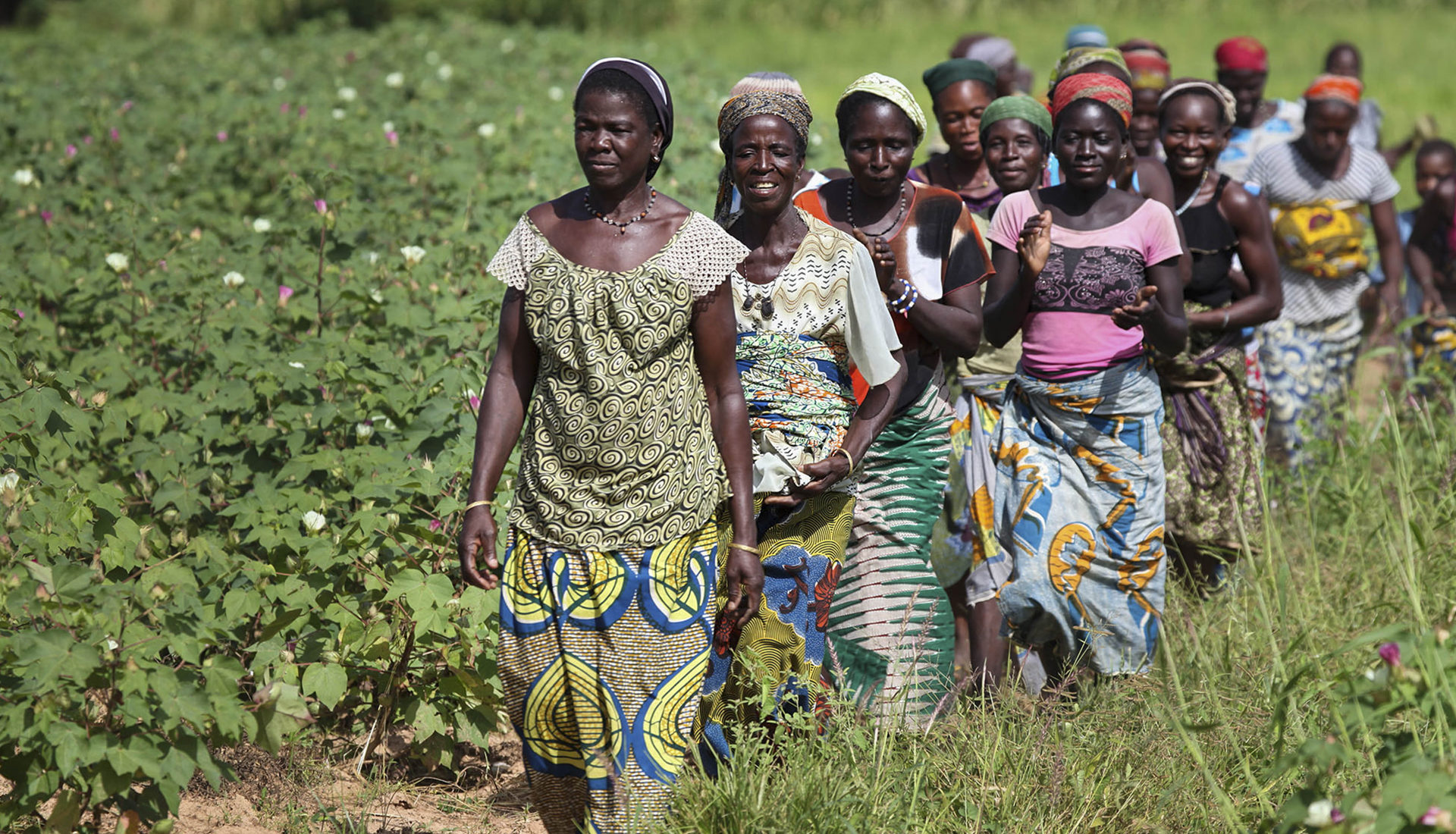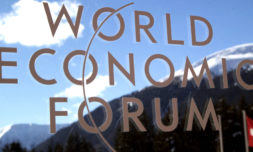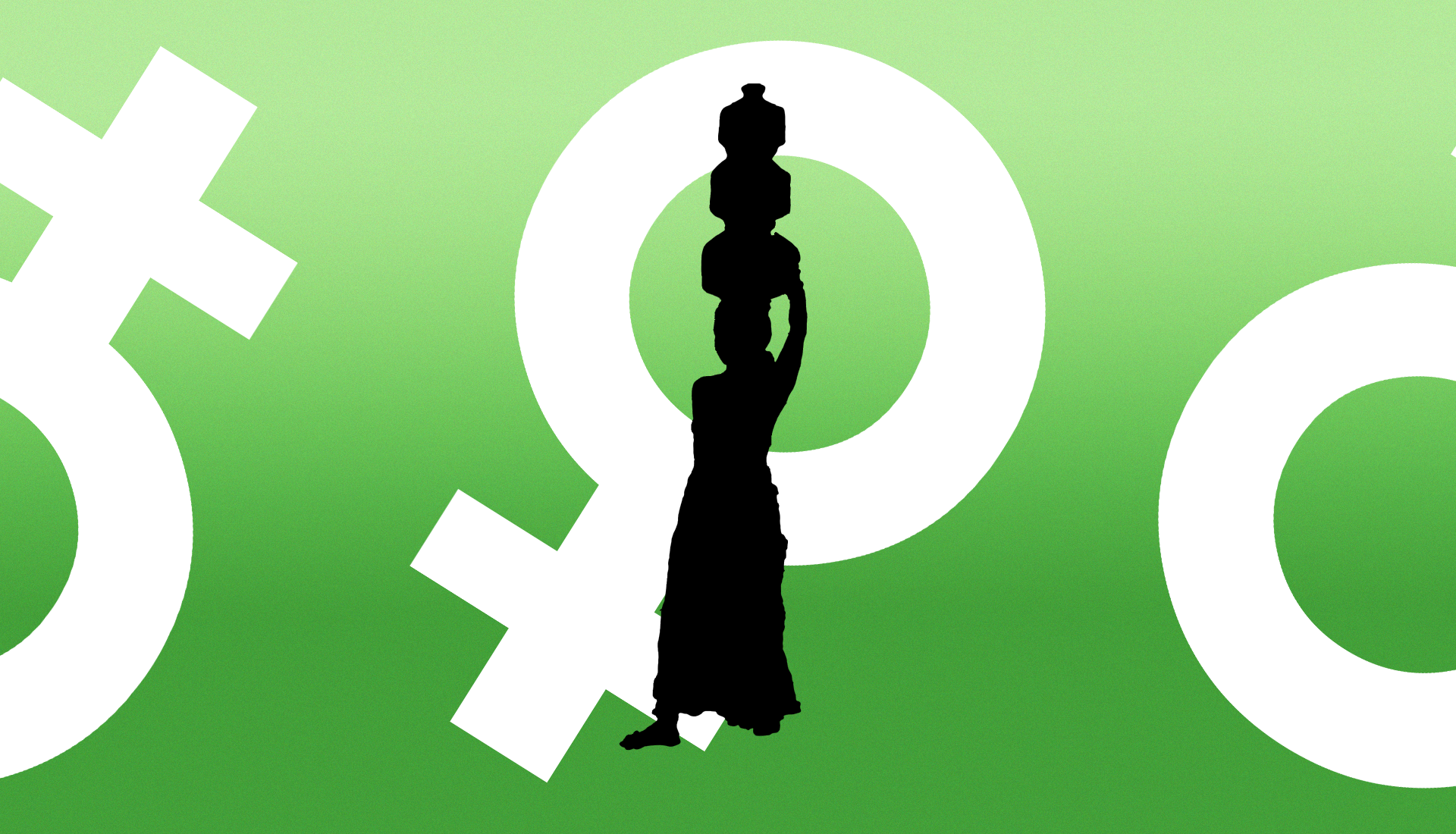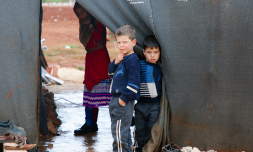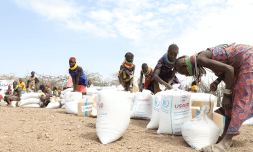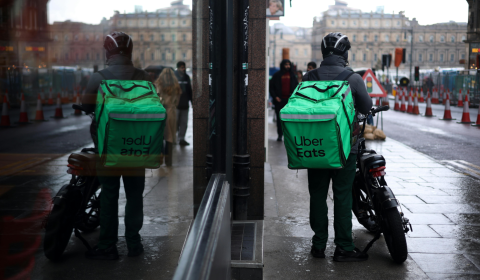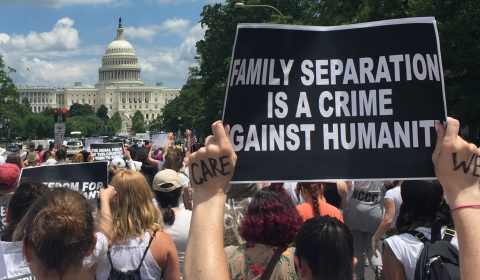Increased danger for women in conflict ridden states, and the overrepresentation of women in poverty, are colliding in alarming ways with the effects of climate change.
As if women were in the market for any more handicaps in the game of life, new research from the UN shows that we are even more disproportionately affected by climate change than previously thought. A concoction of already extant patriarchal realities along with the increased stress climate change places on communities has exaggerated hardships placed on women, adding a new dimension to the quest to mitigate the effects of global warming. You can view the study here.
Women are more likely to live in poverty than men, have less access to basic human rights, and face systematic violence that escalates during times of instability and conflict. Given that climate change decimates crops and resources, de-prioritises human rights, and increases conflict, it’s not too much of a stretch to argue that climate change is increasingly a gendered issue.
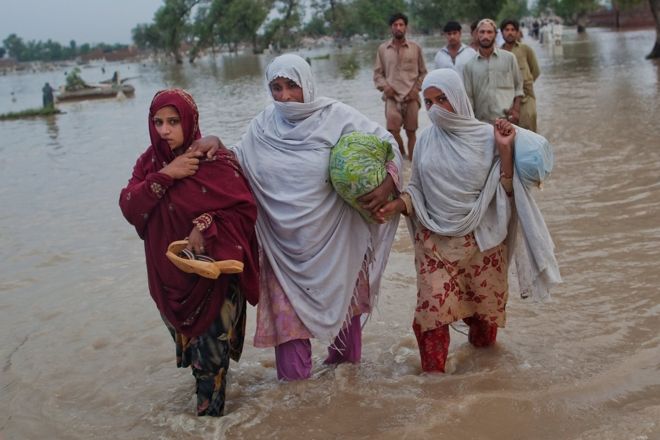
Resource acquisition
In rural and developing communities, rigid gender roles often place women in charge of keeping house. This typically involves procuring food and water on behalf of the family unit. The water scarcity caused by climate change has greatly complicated this.
Natural water sources in previously fertile land are both drying up due to increased temperatures and droughts and being tarnishing by saltwater intrusion. Across the South Asian coast, in places like India and Bangladesh, fresh water is in short supply as warming brings wild weather, storms, flooding, and harsh droughts. When drinking water falls short, it’s often the women who go wanting due to their lower status – particularly elderly women who have already outlived their reproductive purpose. In farming communities where livestock is currency, goats and cows are often given water rations before women.
Moreover, when near sources of water dry up women must travel longer distances to collect water for cooking, cleaning, and growing food. This means that they have less time to pursue a career or an education of their own, hence stunting their progression towards economic self-sufficiency (by western standards). Additionally, there’s a greater risk of having to travel through conflict ridden areas to fetch water that’s far away.
Stephanie Bauchler studied the intersection of water scarcity and women’s rights along the US-Mexico border at the University of Arizona. This report sheds light on a group of women in Sonora, Mexico, who make cheese to sell for additional income, and are being adversely affected by local farmers phasing cows out of their livestock in favour of animals that drink less water.

As women represent about 43% of the global agricultural workforce, any hardship felt by the farming community is felt by women. But these hardships are compounded by the fact that female agricultural workers and business owners already face countless barriers to economic independence and recognition. Women are denied property rights in around half the countries in the world, they’re often barred from borrowing money, and they can also have trouble accessing markets to sell their harvest.
In a market already tough for women, the last thing they need is for conditions to be made tougher.
Conflict and displacement
Gender-based violence and exploitation of women worsens as land becomes increasingly uninhabitable, according to the International Union for the Conservation of Nature (IUCN). When resources are scarce, regional conflicts that already existed are exacerbated, and new ones are created.
In many areas of violent conflict women are forced to flee from their homes whilst men involve themselves in the fighting, separating these women from their support units and a means of an income. According to the UN Population Fund, women represent a staggering 80% of the world’s 34 million refugees and Internationally Displaced Persons (IDPs). They’re also far more likely than male refugees to have dependants (care for children and the elderly is often considered the woman’s jurisdiction).
Given that refugees are generally an incredibly vulnerable sub-group of people to begin with, women are statistically compromised by their status. In refugee camps they have little to no access to healthcare or an education (refugee girls are half as likely to be in school as refugee boys) and are incredibly vulnerable to disease and natural disasters.
During war and conflict situations, due to heightened male aggression and sheer statistical likelihood, women who choose not to flee their homes suffer from increased homicide rates and suffer from sexual violence. This can lead to sexually transmitted diseases and unwanted pregnancies – potentially life-threatening prospects in such dire circumstances – not to mention the psychological consequences.









